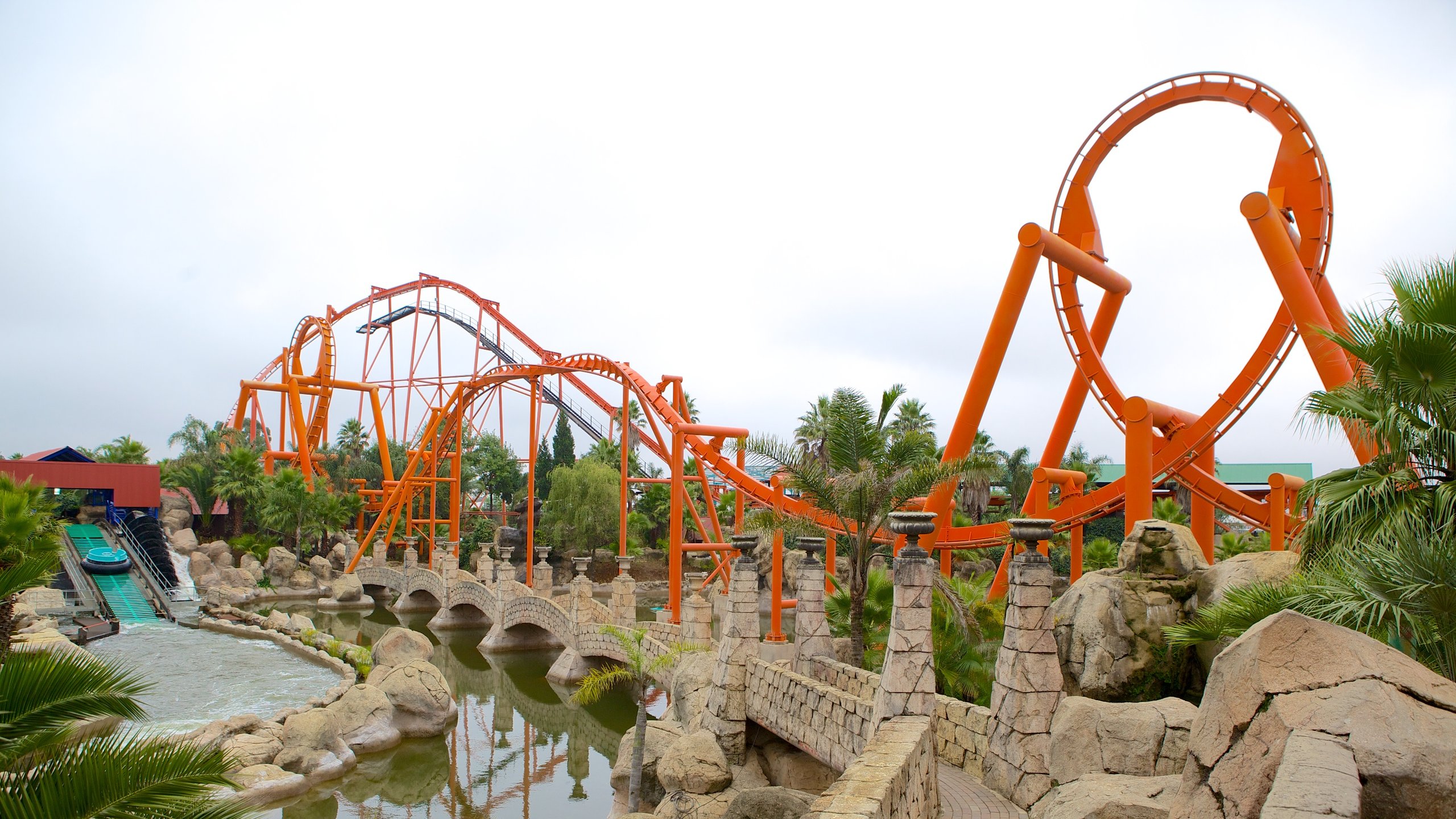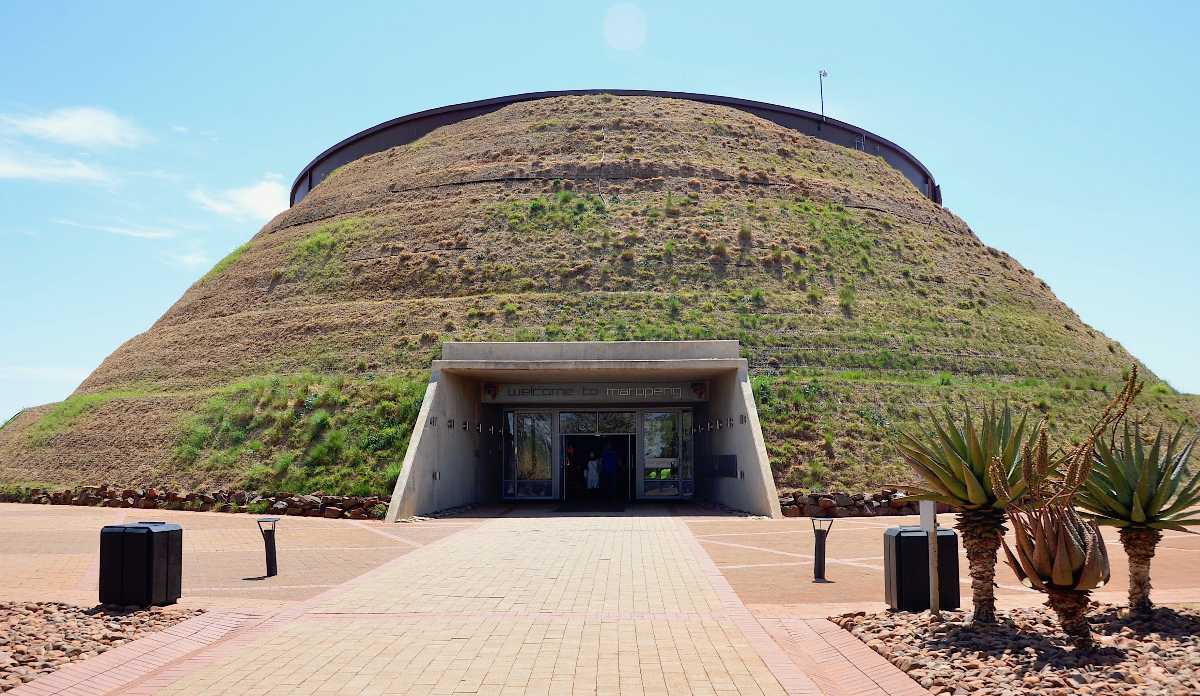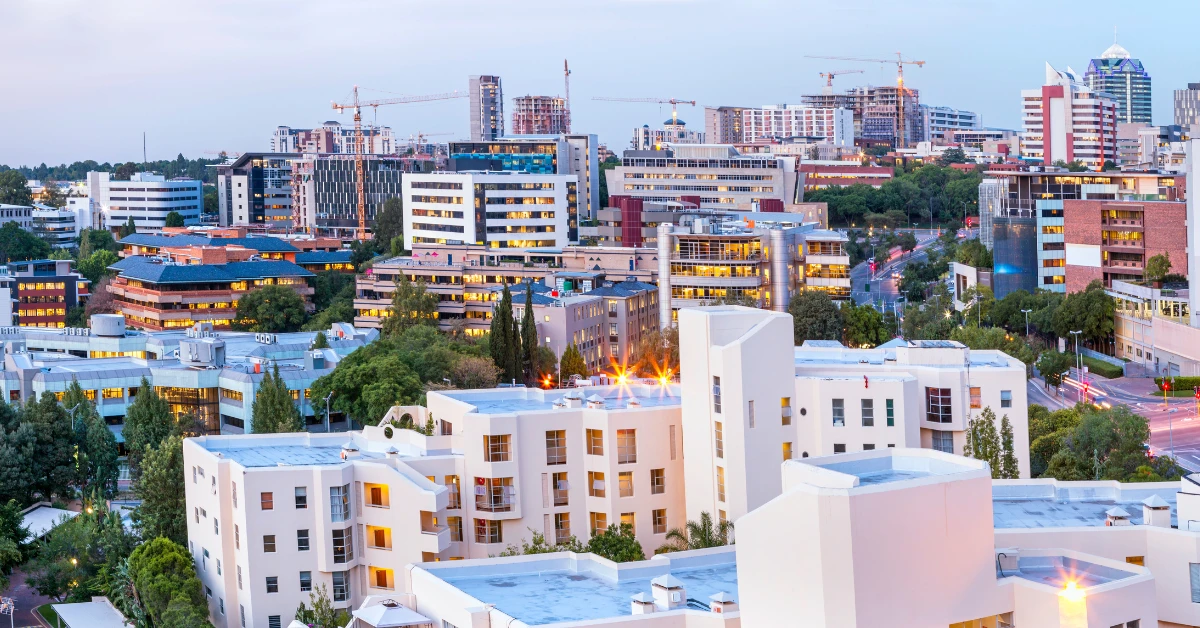The Basic Principles Of Johannesburg North Attractions
The Basic Principles Of Johannesburg North Attractions
Blog Article
Johannesburg North Attractions Fundamentals Explained
Table of ContentsIndicators on Johannesburg North Attractions You Need To KnowNot known Factual Statements About Johannesburg North Attractions The 8-Second Trick For Johannesburg North AttractionsHow Johannesburg North Attractions can Save You Time, Stress, and Money.Johannesburg North Attractions Can Be Fun For AnyoneThe Best Guide To Johannesburg North AttractionsAll About Johannesburg North Attractions
You ought to maintain security in mind and vacationers have to remain alert at all times when in strange environments. Talk to the residents when you remain in town to discover the area you are remaining in. Johannesburg North attractions. When on the road (this does not relate to buying malls and various other secure atmospheres) best general suggestions is to attempt your best to appear like a local and to avoid displaying any type of type of wide range
The smart Trick of Johannesburg North Attractions That Nobody is Discussing
Teacher Revil Mason O. J. (Thomson, 1946) discovered the Witwatersrand's pre-colonial background. His archaeological work exploded the 'em pty land' myth, according to which the area was devoid of human habitation prior to the arrival of European inhabitants. In his publications Prehistory of the Transvaal: A Record of Human Activity (1962) and Origins of Black People of Johannesburg and the Southern Western Central Transvaal AD 3501880 (1986 ), Professor Mason demonstrated the degree of social and economic development in the location prior to Europeans set foot below.

Everything about Johannesburg North Attractions
In 1878, David Wardrop discovered gold in quartz capillaries at Zwartkop, north of Krugersdorp. In 1881, Stephanus Minnaar came across gold on the farm Kromdraai, near the Cradle of Humankind.
In March 1886, a protrusion (quickly to be called the Main Reef) was discovered, fairly fortuitously, on Gerhardus Oosthuizen's farm Langlaagte. Some say that the Lancastrian coal miner George Walker found this reef. One more travelling English miner, George Harrison (that had actually previously worked in Australian mines) acquired a prospecting permit in regard of Langlaagte in Might 1886.
He made a decision to proceed in a mission for greener pastures, and disposed of his Langlaagte case for the handsome sum of 10. Alas: under lay the richest goldfield ever found. The exploration of this abundant auriferous reef prompted a gold thrill that indicated completion of agrarian serenity in the southerly Transvaal.
It would, within 6 years, come to be the largest community in southerly Africa. Within a decade, it would make the Z. A. R. until then an anarchical and bankrupt little state the most affluent country in Africa. By the millenium, the Z. A. R. was to go beyond Russia, Australia and the USA of America to come to be the globe's leading gold manufacturer, producing more than a quarter of the world's gold.
Not known Incorrect Statements About Johannesburg North Attractions
It was referred to as Ferreira's Camp, named after Colonel Ignatius Ferreira. He was a Boer traveler upon whom the British authorities had my explanation bestowed the standing of Buddy of the A Lot Of Identified Order of St Michael and St George (entitling him to the post-nominal letters C. M. G.) in gratitude for his role in the battle that had deposed the Pedi king Sekhukhune in 1879.
2 other camps were established: Meyer's Camp on the ranch Doornfontein, and Paarl Camp. The latter was nicknamed Afrikander Camp; several people from the Cape Swarm settled there.

The Ultimate Guide To Johannesburg North Attractions
This name obtained currency by word of mouth, such that the State Secretary company website verified the name to the Mining Commissioner on 9 October 1886. Stands in the village were auctioned on 8 December 1886. While some stands were marketed for 10, others were knocked down for as little as sixpence.
2 years later on, these erven were to alter hands for as much as 750 each. The tented camps decreased as a dorp of corrugated iron buildings created and broadened north of the mines situated along the Main Reef Roadway. Locations such as Jeppe's Town (where working-class immigrants erected their homes) and Doornfontein (where the affluent new 'Randlords' began to build their extravagant houses) were soon contributed to the ever-expanding map of the town.
The Best Guide To Johannesburg North Attractions
In addition to the road names, there were no signs of Johannesburg being located in a Dutch-speaking country. Several years later on, C. W. Kearns O. J. (among the initial boys registered at St John's University in 1898) would certainly remember: 'A weird reality about Johannesburg was that, although it was in the [Boer Republic], almost everybody spoke English and even the Government slaves resolved one in English, unless they were first addressed in the Taal (or Low Dutch)'.
Britain had a passion in making sure optimum conditions for gold production on the Witwatersrand, and that the gold was exported to London instead than Berlin a critical provided all the much more clamant by the Z. A. R.'s enhancing toenadering with Germany. Mine proprietors got on a clash with President Kruger, whose policy of monopolistic giving ins (usually approved to his cronies) avoided mining companies from acquiring materials of products (particularly dynamite) and labour by themselves, more affordable terms
Johannesburg North Attractions Things To Know Before You Get This
In 1890, the Volksraad had limited the franchise business to white guys that had actually resided in the Z. A. R. for fourteen years or longer, therefore invalidating most of the immigrants (who took place to be the major contributors to the fiscus). However, frustration for the vote was a simple pretense for advertising a different program; most uitlanders anchor regarded themselves as temporary site visitors and had no purpose of remaining in the Z.
Report this page